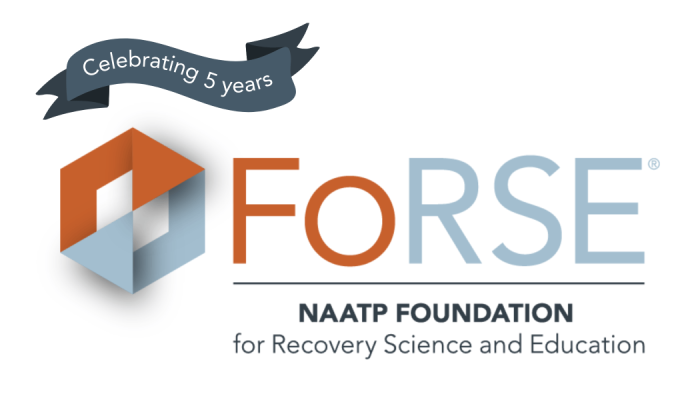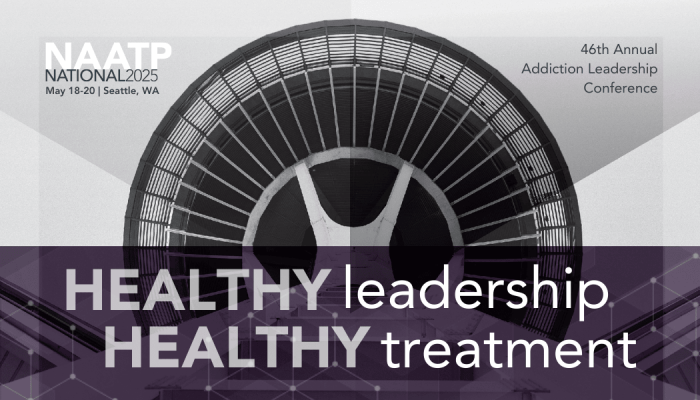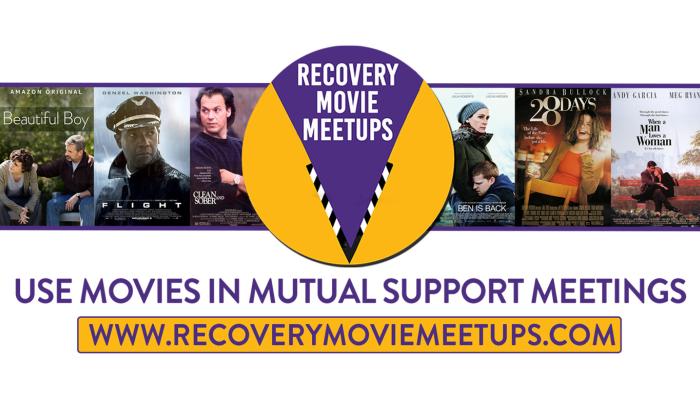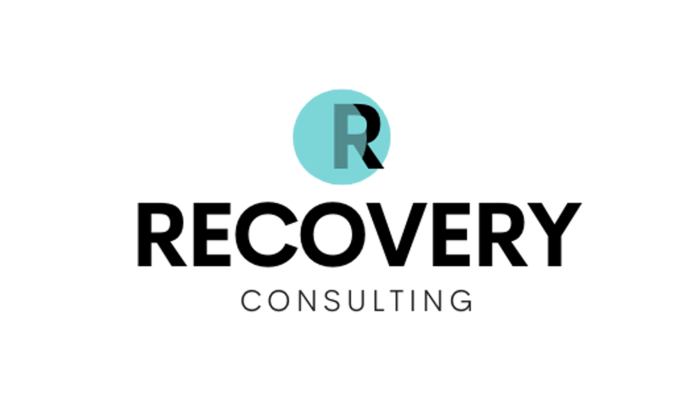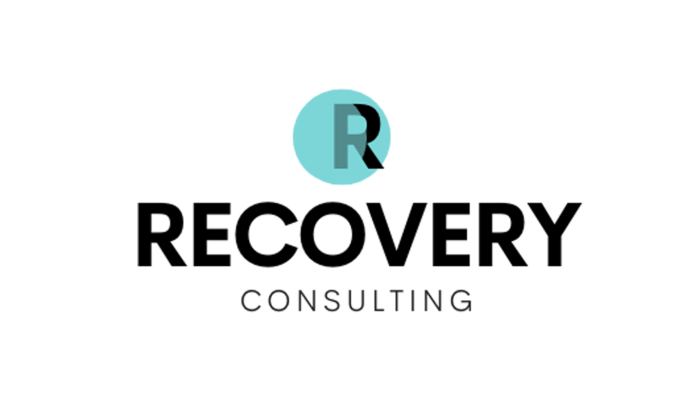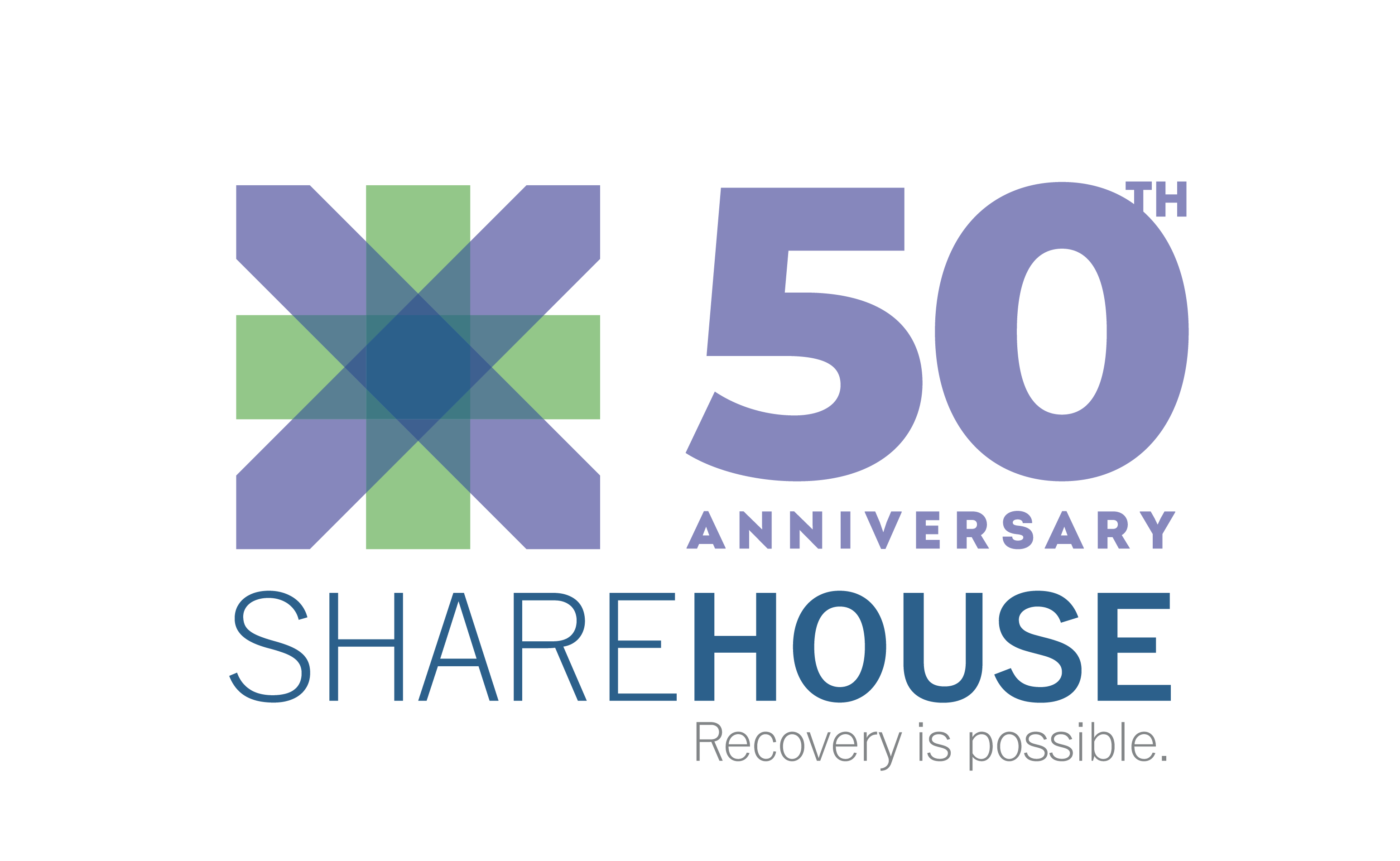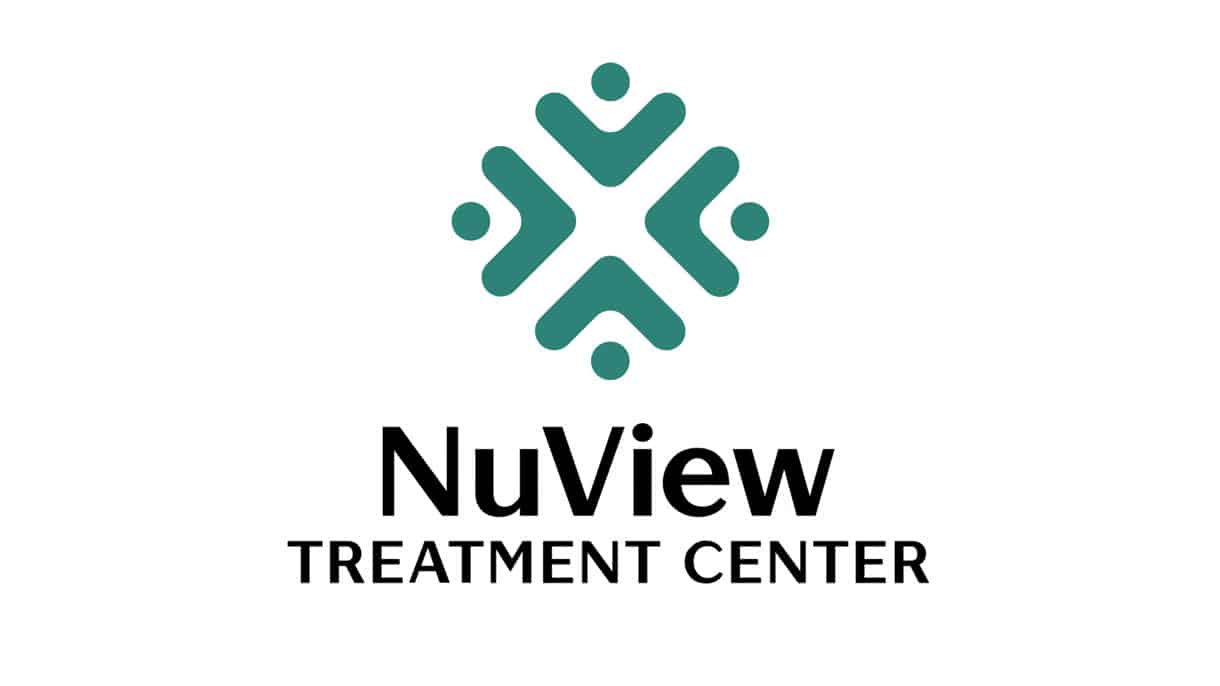Mar 26, 2021
Imagine if there was a health crisis of epidemic proportions that was taking place right now in our country, and that, so very fortunately, there was a scientifically proven solution that would help save lives. Federal and state agencies provided free prevention of the disease, and the medical community rallied to find the best treatments.
This scenario may be happening with COVID-19 where, to date, there have been an estimated 519,075 deaths and vaccination efforts are being massively rolled out, a process that will no doubt help save countless lives. Unfortunately, the same cannot be said of the opioid crisis, despite opioids being involved in approximately 519,836 of the 780,812 overdose deaths in the U.S. since 1999, and despite the availability of evidence-based medication-assisted treatment (MAT).
In the substance use disorder treatment world, there exists what is known as an “X-Waiver.” Obtaining this special DEA waiver allows qualified practitioners to prescribe buprenorphine, a medication approved by the Food and Drug Administration (FDA) for the treatment of opioid use disorders (OUD). When taken as prescribed, buprenorphine is safe and effective and helps eliminate opioid withdrawal symptoms and cravings.
While commendable for its intentions to encourage education and training for the deployment of SUD treatment, in practice, the X-Waiver has sadly become a major barrier to treatment for individuals seeking help with OUD, and arguably one of the reasons behind the 49,860 opioid overdose deaths in 2019 (most recent data available).
The additional efforts required to obtain X-Waiver certification make it time-prohibitive for far too many doctors. This, coupled with persisting stigma around MAT, means that physicians are not offering buprenorphine to their patients, costing lives.
Yet, take a step back and let us recall why someone would need buprenorphine treatment provided by a doctor with an X-Waiver in the first place. It might be helpful to review the three distinct waves that the Centers for Disease Control & Prevention (CDC) believes created the rise in opioid overdose deaths:
- An increase in the prescribing of opioids in the 1990s, with overdose deaths involving prescription opioids showing marked increases since at least 1999.
- A rapid increase in overdose deaths involving heroin starting in 2010, likely due to tighter opioid prescription monitoring and oversight.
- Significant increases in overdose deaths involving synthetic opioids beginning in 2013, particularly those involving illicitly manufactured fentanyl.
Thus, our opioid crisis’s roots can be traced back to over-prescription of opioids by prescribers. It is not my goal to assign blame, only to illustrate that the medical community had no requirements for special training or waivers to prescribe the volume of (full agonist) opioids responsible for the first decade of the opioid overdose death crisis. In fact, most of their “education” was from the pharmaceutical companies pushing the use of their opioids. It seems very odd to me that those same prescribers are now held back from being part of the solution by the multiple requirements imposed in prescribing buprenorphine, (a partial agonist).
Where were the (1) notifications of intent to prescribe, (2) board certification requirements (3) registration, (4) 8-hour education/training requirements, (5) limits on number of patients prescribed to, (6) practice setting requirements, and (7) annual reporting requirements for prescribing the original opioids?
Happily, on January 14, 2021, the U.S. Department of Health and Human Services (HHS) announced the eradication of the X-Waiver requirement with its forthcoming Practice Guidelines for the Administration of Buprenorphine for Treating Opioid Use Disorder. Many of us in the treatment community rejoiced with the idea of more lives being saved. After all, France had similar waiver requirements that, once removed, led to a 79 percent decline in opioid overdose deaths within four years.
“The medical evidence is clear: Access to medication-assisted treatment, including buprenorphine that can be prescribed in office-based settings, is the gold standard for treating individuals suffering from opioid use disorder,” said then assistant secretary for health, Adm. Brett P. Giroir, MD. “Removing some of the certification requirements for an X-Waiver for physicians is a step toward providing more people struggling with this chronic disease access to medication assisted treatment.”
Our joy was abruptly crushed.
In a statement issued January 27th, officials stated, “Unfortunately, the announcement was made prematurely […] the Guidelines previously announced cannot be issued at this time.”
The reason? A source told the Washington Post that the new guidelines “had significant legal and clinical concerns,” namely that HHS potentially lacked the authority to issue such guidelines that allowed for physicians to bypass requirements set by Congress. The statement assured us that the “HHS and ONDCP are committed to working with interagency partners to examine ways to increase access to buprenorphine, reduce overdose rates and save lives.”
Well, I say, let’s see it. Currently, just one in five individuals with an opioid use disorder is getting the treatment they need. This is unacceptable but can be resolved. Let’s not lose sight of the continually increasing opioid crisis under the shadows of COVID-19, but instead take measures to increase evidence-based treatment for OUD with the elimination of the X-Waiver. If government agencies and medical organizations did not deem it critical to require special certification for the prescribing of opioids in the first place, they should not be holding up the process for treatment of OUD now. It’s as simple as that.
Author:
Deni Carise
Recovery Centers of America
Deni Carise, PhD, is Chief Science Officer at Recovery Centers of America (RCA) and Adjunct Assistant Professor at University of Pennsylvania, Perelman School of Medicine (1997). She earned her BS (1988) and PhD (1993) from Drexel/Hahnemann University, completing her post-doc training at UPENN (94-96). Her career has spanned 18 years as an NIH-funded researcher, multiple clinical and treatment positions, the oversight of large clinical systems of care (>100 programs), and most recently, as one of the founders of RCA. She’s published >100 articles, blogs, and chapters, worked extensively internationally, and values having a voice on important behavioral health/SUD topics.





